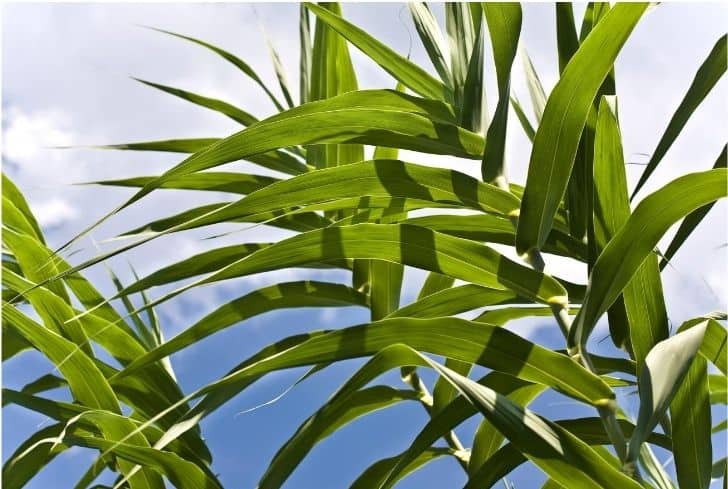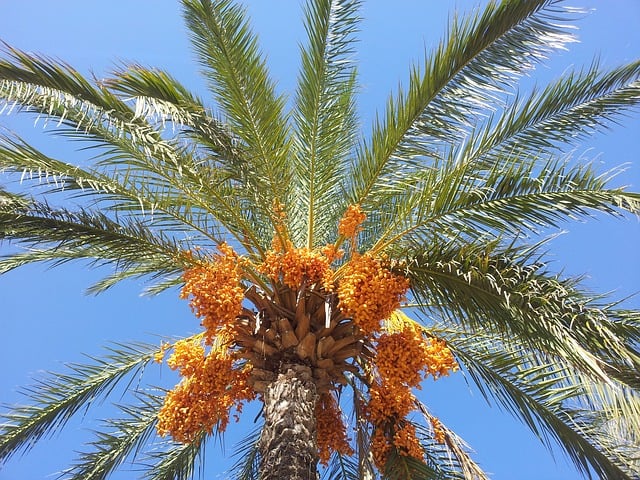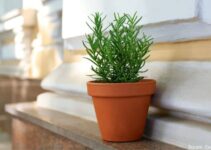Palms are low-maintenance plants making them an excellent choice for landscaping. There are more than 2000 palm species that have distinct features and needs. They are known for their large and evergreen foliage exuding tropical vibes. They have multiple uses from being used in landscaping to being kept as indoor plants in homes and offices.
In this article, you will learn if palm trees need a lot of Sun, how much sunlight palm plants need and how you grow them with or without sunlight.
Do Palm Trees Like the Full Sun?
The short answer to this question is – yes, most palm plants need direct sunlight to grow well. But there are some shade-loving palms too that thrive in shaded spots away from harsh sunlight. Full sunlight ensures proper growth in bigger palms but too much or harsh sunlight does more damage than good to palms.
Palm is a versatile plant that can grow well in both direct and indirect light. Most palm varieties prefer dappled light and do not respond well to full sunlight. They need bright light to grow well, which is neither too intense nor too little. Some sun-loving palm varieties thrive in direct sunlight but can grow in indirect light too.
You might think that the palm is a tropical plant that has high sunlight and water needs. But we want to let you know that there are several desert varieties too that thrive in little water. Belonging to the Arecaceae family, palms do well in partial shade and partial sunlight conditions. Extremely low or harsh sunlight can be detrimental to its growth.
How Much Sun Does a Palm Plant Need?
The intensity of sunlight that a palm plant can tolerate varies from one palm species to another. Full sun-loving palms such as the Christmas palm, the Coconut palm, and the Pindo palm do well in full sunlight. Whereas the shade-loving palms thrive in partially shaded conditions.
If you are planning to keep a palm plant indoors, keep them in bright indirect light, in a well-draining soil mix. Avoid keeping them near air conditioner vents and heaters as dry air leads to browning and crisping of leaf edges.
Common palm house plants prefer shade and respond well to dappled light during the day. Exposure to scorching afternoon sun can cause yellowing in their leaves. Sun-loving palm species such as the Coconut palm grow well near windows where they can receive six to eight hours of bright, direct sunlight.
Can Palm Trees Grow Without Sunlight?
Some common indoor palm plants that grow well without direct sunlight include the Parlor palm, the Lady palm, the Chinese fan palm, and Areca palm, among many others. These palm plants can survive low light conditions better than the sun-loving palms.
It can be tough to grow palms in borderline climates with freezing temperatures. But some varieties such as the Puerto Rican thatch palm and Date palm can grow in cold areas too. Lack of sunlight would not be a huge problem if it happens for a limited time.
Apply a thick layer of mulch around the plant base to keep it warm in winter when there is not enough sunlight available to keep it warm and healthy. Mulching also helps protect the plant from frost. The idea is to keep the roots safe from cold damage. New leaves grow in spring.
Do Palm Trees Need Sunlight in Winter?
For most palm plants, when the temperature goes below 68 degrees Fahrenheit, the growth slows down. The growth slows down so much that they almost do not need water, fresh air, and sunlight. They become dormant in winter.
If you keep your shade-loving palm in full sunlight in winter, it would cause leaf burns as the plant is in a dormant stage and would be unable to absorb the light and nutrients. It can sit in the sun for some time but make sure that the sunlight is not intense and you move it back to a warm spot later.
In winter, we recommend bringing the palm plants inside before the first frost date. Since most palms are tropical and cannot tolerate extremely low temperatures, it is better to bring them indoors to a bright, warm spot away from cold drafty windows. Keep palms away from the heater and air conditioner vents as the dry air released from them causes crisping and yellowing of leaves.
Can Too Much Sunlight Turn Palm Leaves Yellow?
Palm plant species that do well in indirect light cannot tolerate harsh sunlight, especially during noon. Many palm trees love to be in direct sunlight but too much or harsh sunlight can cause the yellowing of leaves. The scorching of leaves generally happens in summers in regions where the sunlight is too strong.
Common signs that indicate your palms are receiving too much sunlight are yellowing of foliage, wilting or drooping leaves, and scorched leaves with brown edges.
To fix the issue, move your plant to a shadier spot away from direct sunlight. Make sure your plant receives only the morning and evening sun and not the afternoon sun.
Apart from improper lighting, there can be other causes behind the yellowing of palm leaves such as lack of essential nutrients in the soil, under or overwatering or an improper fertilization schedule. Watch out for your plant’s needs and act accordingly.

Can a Palm Survive in Low Light?
Palms that like the full sun can survive in low light but would not grow too fast. The growth slows down if the amount of light available to the plant reduces drastically. Just like intense sunlight, too little light also causes yellowing and browning of leaves. Palm plants are unable to produce the chlorophyll that they need to stay green.
Some palm plants are known to do well in indirect light. Lady palms or the Rhapis palms and the Parlor palms are known to survive low-light conditions. These palms do well under artificial lights too.
Remember that no sunlight or low light does not mean darkness. No plant can survive in dark conditions. Ensure that there is some indirect light coming in to ensure healthy growth. Exposure to filtered light during the day helps in the photosynthesis process and keeps the plant leaves lush and green.
Palms That Like Full Sun
Some palms that grow well in full sunlight are the Pindo palm, the Silver saw palmetto, the King palm, the Alexander palm, the Pineapple palm and the Pygmy date palm. All these palms get tall over time and are better suited for outdoor spaces.
Some of these palms like the King palm grow fast and are not the best choice for indoor spaces. If you have a lawn, try growing these sun-loving palms as they are low-maintenance and grow big over time. Ensure good drainage in the soil and you shall have lush, green palms in a few years.
How Often Should Palm Trees Be Watered?
Most palm plants are tropical and love to be watered frequently. Water your palm two to three times a week during the active growing seasons of spring and summer. The frequency of watering will depend on the region you are living in according to the temperature, sunlight, and water available.
As a general rule, water your palm plants when the top one-third of the soil dries out. Avoid overwatering these tropical plants at all costs as it makes the plant prone to root rot and other fungal diseases. To prevent waterlogging, plant your palm in a well-draining soil mix rich in organic matter.
Palms have shallow roots that need airy soil to breathe well. This is the reason why they cannot tolerate waterlogged soil conditions for too long. Prepare the potting medium according to the weather conditions in your area to keep it loose and moisture-retentive.
How Deep Do Palm Roots Grow?
If you are wondering whether palm trees need to be repotted frequently or not, we would say most palm plants have shallow roots at a depth not exceeding 36 inches. They do not spread much vertically. They grow horizontally and there is hardly any palm tree with roots that go deeper than 3 feet.
You can grow palm plants easily in a pot or ground depending on the location, type of palm, and other weather conditions in your area. If you do not live in extreme climatic zones with very hot summers and cold winters, you don’t have to do much to care for this gorgeous plant.
Final Words
Nothing gives a tropical feeling like a stunning palm tree. Landscaping with palms is a great way to add some green vibes to gardens. There are lots of varieties that grow well in the shade as well as in full sunlight. You can pick anyone according to your needs and conditions in your area.
Add some tropical flair to your home by growing the low-maintenance palm plant indoors. Now that you know all about the light conditions of palm plants, which variety are you planning to grow?






